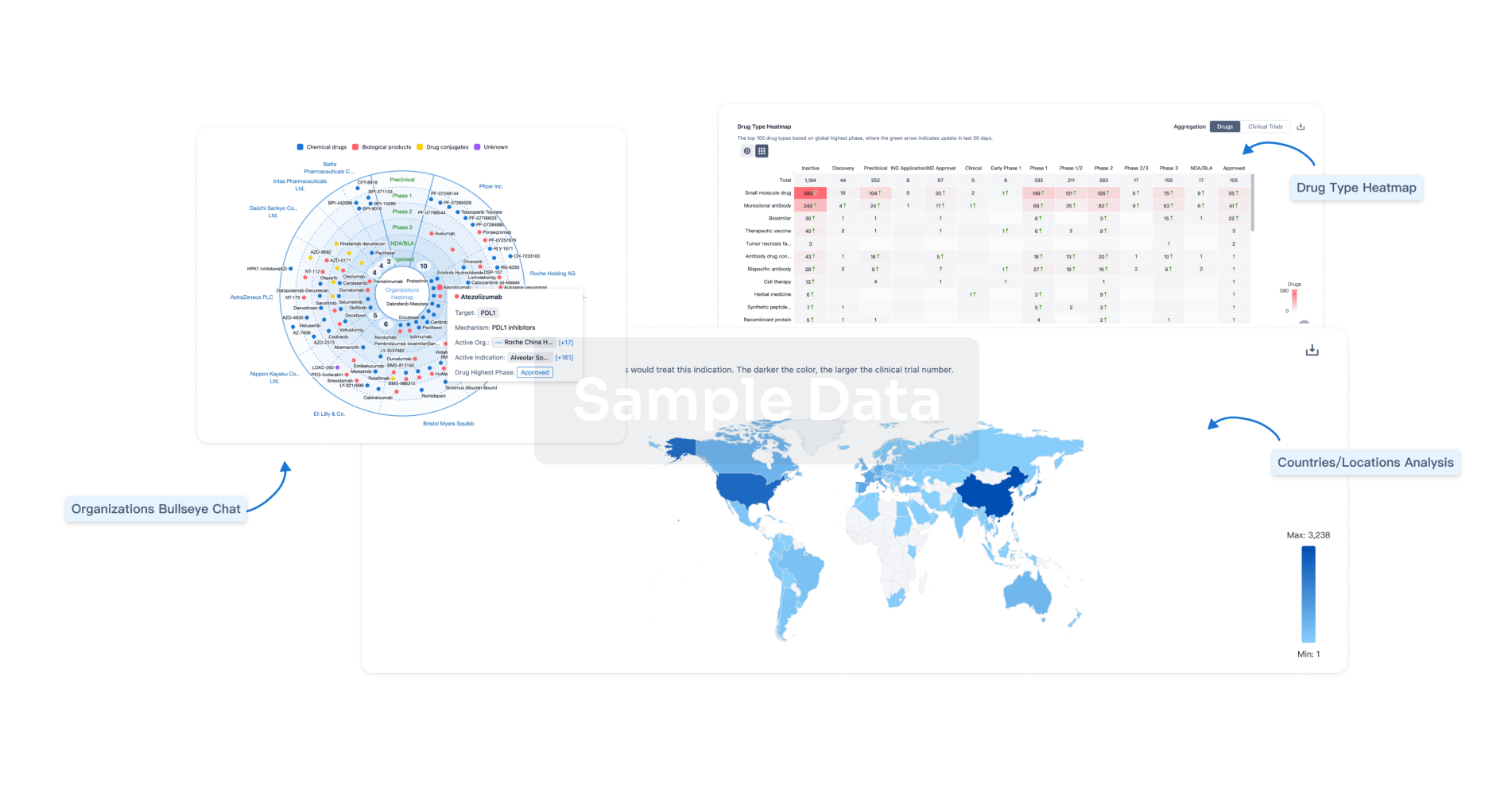Request Demo
Last update 30 Sep 2024
Premature Birth
Last update 30 Sep 2024
Basic Info
Synonyms BIRTH PREMATURE, Birth premature, Birth, Premature + [56] |
Introduction CHILDBIRTH before 37 weeks of PREGNANCY (259 days from the first day of the mother's last menstrual period, or 245 days after FERTILIZATION). |
Analysis
Perform a panoramic analysis of this field.
login
or

AI Agents Built for Biopharma Breakthroughs
Accelerate discovery. Empower decisions. Transform outcomes.
Get started for free today!
Accelerate Strategic R&D decision making with Synapse, PatSnap’s AI-powered Connected Innovation Intelligence Platform Built for Life Sciences Professionals.
Start your data trial now!
Synapse data is also accessible to external entities via APIs or data packages. Empower better decisions with the latest in pharmaceutical intelligence.
Bio
Bio Sequences Search & Analysis
Sign up for free
Chemical
Chemical Structures Search & Analysis
Sign up for free